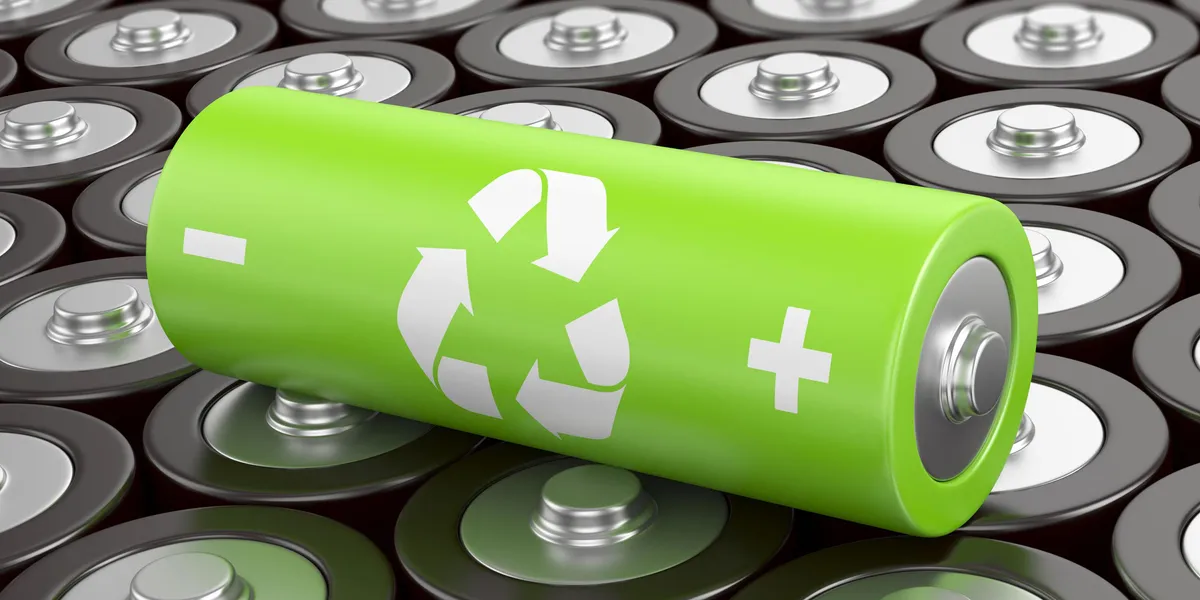
Investments in lithium-ion battery recycling, especially in the electric vehicle (EV) battery sector, have been considerable in the early years of this decade.
How much capacity is required and where it is best located was among the topics of discussion at the Asia INTL Li-ion Battery Recycling Summit 2023, held in Singapore in early December.
Dr. Michelle Lynch, CEO of United Kingdom-based research and consulting firm Enabled Future Ltd., predicted a medium- to long-term future with a consolidated lithium-ion battery recycling sector.
She said her background in the chemical industry—a highly consolidated one—may be one factor why she tends to predict such an outcome.
Having access to and being able to afford the best technology provides one reason, Lynch said. Extracting 98 percent of the recyclable materials from a stream of batteries rather than 95 percent can be the type of competitive advantage for one company to outlast another.
“It will be that company that can [extract] that extra half-percent” that will survive in the long term,” she said. As well, she said the winners will produce “the most output for the least cost.”
Lynch said repair, reuse and repurposing applications might provide greater opportunities for smaller players, preventing the EV battery market from having 95 percent of its capacity in the hands of a relatively small group of companies, which is how she characterized the chemical sector.
Two other speakers at the summit said relatively small or modular systems provide opportunities for companies of all sizes to remain in the EV battery recycling sector.
Myriam El Kara, founder and director of Singapore-based Sterling Acumen Pte Ltd., said lithium-ion battery recycling offers substantial risk to any parties involved, in part because of metals price volatility.
The metals and minerals sector consultant predicted access to end-of-life EV batteries—whether to repurpose them or recycle the metals content—“is going to be key to survival in the industry.”
Reverse logistics provide another challenge, El Kara said, as does the risk of investing in the wrong technology. For the latter, she urged attendees to build a resilient and adjustable recycling model and to explore modular systems.
El Kara portrayed a global imbalance in battery metals and materials, with China having a preponderance but the European Union having just 20 percent of what it needs in terms of lithium-ion precursor active cathode materials (pCAM). That circumstance means recycling capacity in the EU and North America will at some point become critical.
Another pro-modular voice at the conference was a provider of such systems: Leon Farrant, co-founder and CEO of Singapore-based Green Li-ion.
The modular systems made by Green Li-ion can recycle 730 metric tons to 3,000 metric tons of lithium-ion and lithium-iron phosphate (LFP) batteries, Farrant said. The hydrometallurgical systems produce battery-grade anode materials.
“It’s important to be modular,” Farrant said, noting Green Li-ion systems offer a low capital expenditure (capex) but high-technology system to smaller and medium-sized players in the market.
He also said it offers a way to cut down on reverse and forward logistics costs and arrangements and any potential regulatory hurdles along the way. “Let’s stop shipping [end-of-life] stuff around the world; it’s just not required,” he said.
The Asia INTL Li-ion Battery Recycling Summit 2023 was organized by Shanghai-based Global Decision Maker Management Consulting Ltd.
